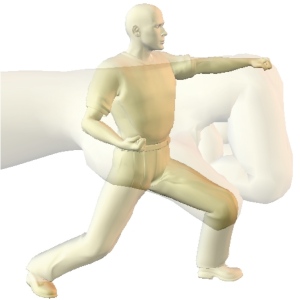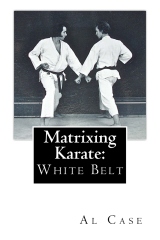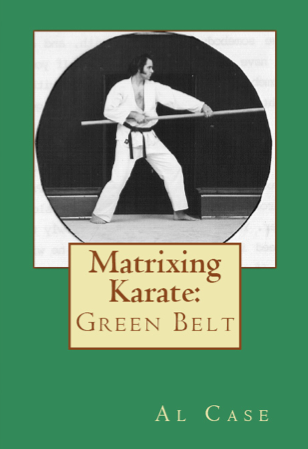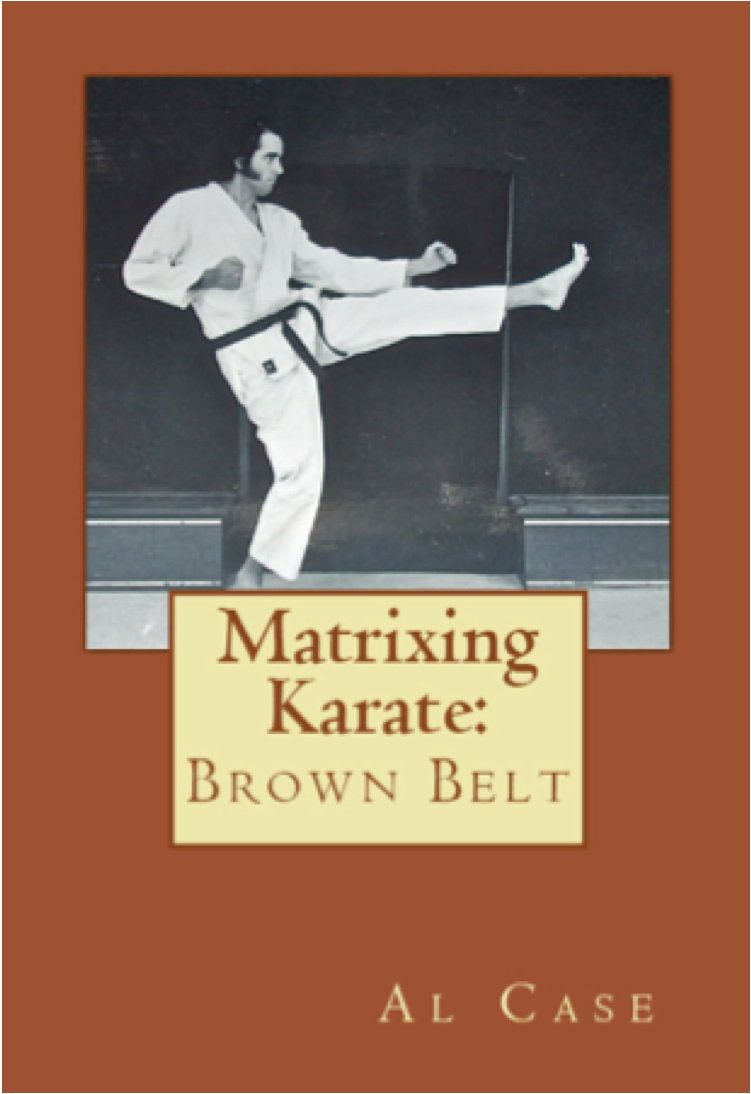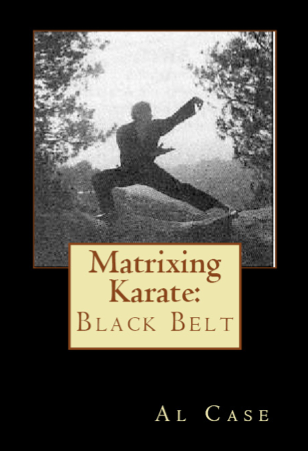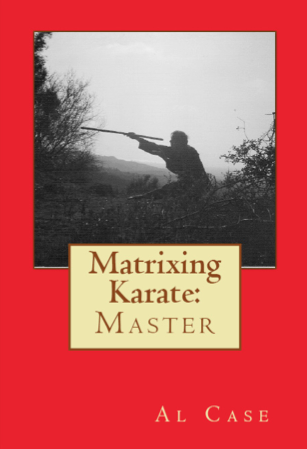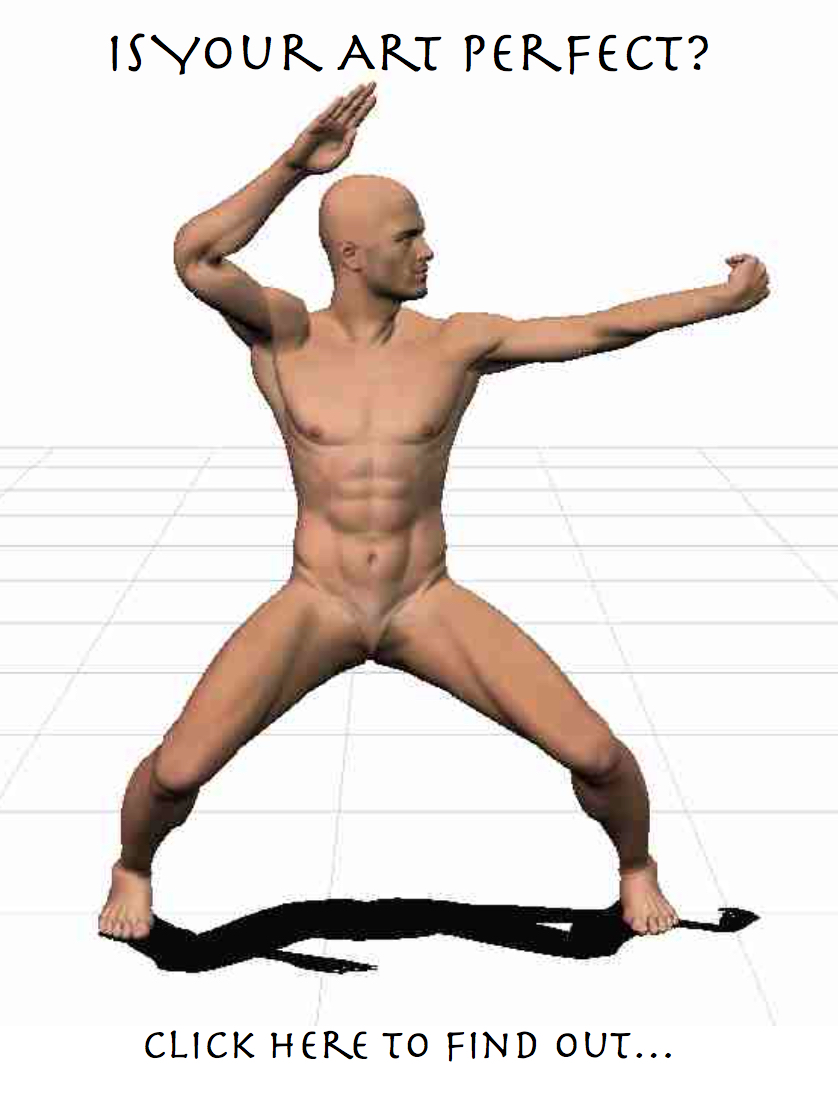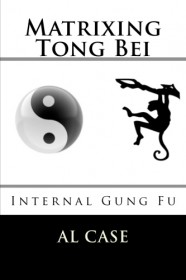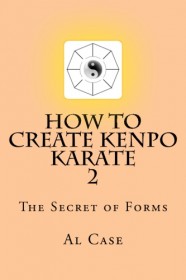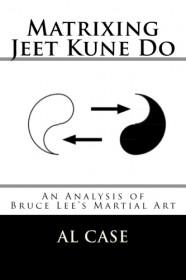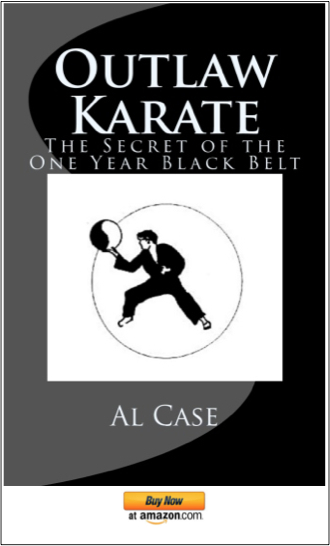 It’s easy to take down a ton of Sasquatch with Karate Techniques if you have perfect timing, and you don’t have to be a Manswers fan to know that! Mind you, I don’t advocate hunting down one of these beasts to check out what I am going to tell you here, and I certainly don’t advocate cruelty to any animal. But if that 300 pound mugger comes at you on the street, some of these fighting techniques will prove invaluable.
It’s easy to take down a ton of Sasquatch with Karate Techniques if you have perfect timing, and you don’t have to be a Manswers fan to know that! Mind you, I don’t advocate hunting down one of these beasts to check out what I am going to tell you here, and I certainly don’t advocate cruelty to any animal. But if that 300 pound mugger comes at you on the street, some of these fighting techniques will prove invaluable.
First, a little lesson on your opponent. The Sasquatch, known as Bigfoot in some circles, weighs in at over 800 pounds. They have several daggers permanently affixed to their paws, and their teeth are a circle of uncommonly vicious knives.
Now, the BF, being rather longish, can stand eight to ten feet tall. This is perfect for towering over, and then crashing down upon, any idiot foolish enough to stand before it. The first karate defense technique, if one should find oneself standing in the shadow of a looming Sasquatch, is a front kick to the gonads.
Mind you, the coconuts tend to be a little big, and they do feel the pain. After the kick be sure to jump to the side, because if you have caused him to fall, he might fall on you! I don’t recommend waiting to try a second kick, because if you kicked a female (it’s hard to tell without all that hair) she might be a little peevish.
Okay, second line of defense, if you are successful in evading the fall of the giant, is to jump on the back of the monster and make him (or her) tap. Look, a well applied guillotine is worth its weight in gold, and there isn’t a Sasquatch alive who hasn’t heard of the Gracies. So hook under the chin, brace the arms, and apply pressure–a lot of pressure.
Okay, so maybe you don’t encounter an honorable monster, one who doesn’t come at you stand up, but rather charges in for a takedown and goes for the bite, whacha gonna do? The best thing is to watch the jaws carefully, and when they open, strike with a Karate spear hand! Don’t jerk back, as that would go against the curve of the fangs, rather, push forward and grab for the tongue!
Now, you’ve got a Sasquatch by the tongue, and suddenly he feels the fear! What if he could no longer lick that honey, eh? And then, there is the danger that you might get cantankerous and give a good yank and turn him all the way inside out!
Okay, maybe these techniques might not work in all situations, but you’re thinking now, right? You would never harm one of nature’s critters unless you were really hungry, but that mugger on the street…he’s a different matter! Fair game, and these Karate Techniques are going to save your live, loved ones, and wallet!
Got a friend? Let them know!
Like this:
Like Loading...


